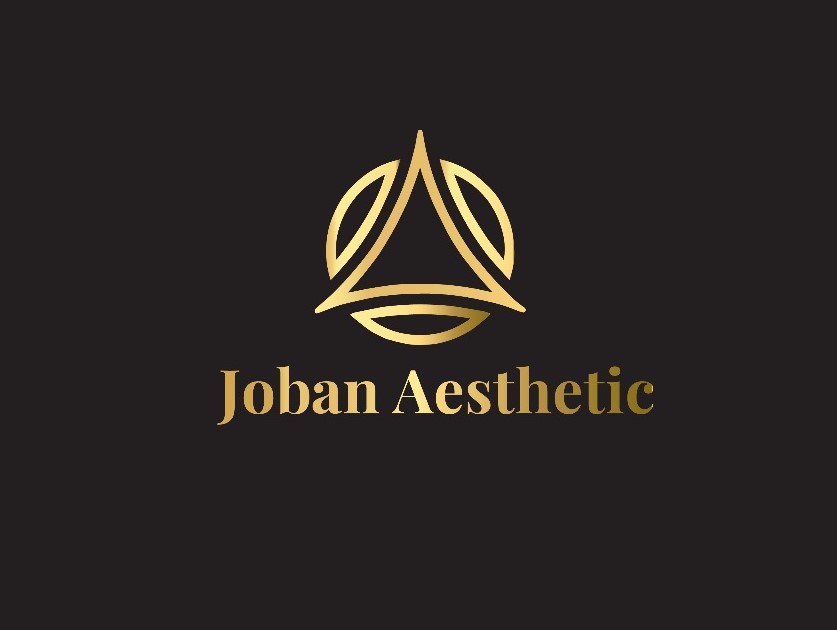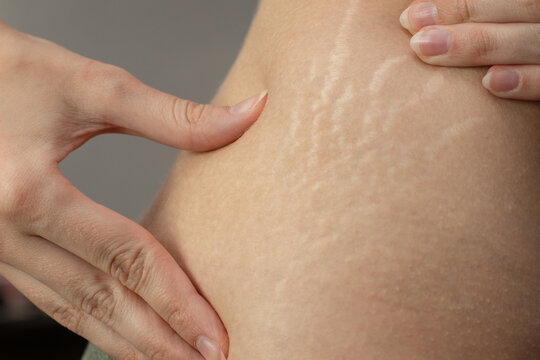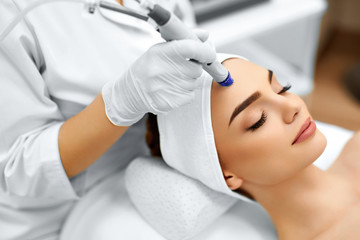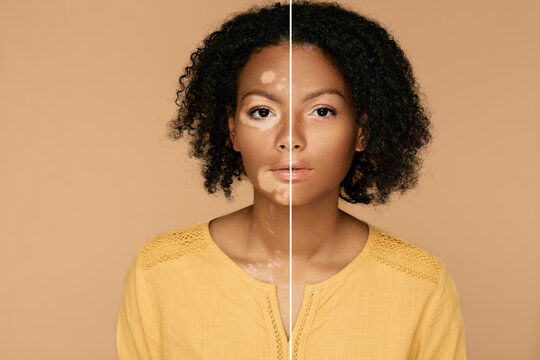Stretch marks, also known as striae, are a common skin concern that can affect people of all ages and genders. They often appear as fine lines on the skin, ranging from pink to purple to silver-white in color. While they pose no health risks, many individuals seek ways to reduce their appearance for aesthetic reasons. In this article, we’ll delve into the causes of stretch marks and explore effective strategies for their reduction.
Understanding Stretch Marks
Stretch marks develop when the skin is subjected to rapid stretching or expansion. This can occur during pregnancy, growth spurts, rapid weight gain or loss, and even during intense muscle-building exercises. The stretching causes the middle layer of the skin, known as the dermis, to tear, resulting in the formation of scar tissue in the form of stretch marks.
Effective Strategies for Stretch Mark Reduction
- Topical Treatments: Many topical creams and lotions claim to reduce the appearance of stretch marks. Ingredients such as retinoids, hyaluronic acid, vitamin C, and collagen-boosting agents can help promote skin elasticity and reduce the visibility of stretch marks over time. It’s essential to be consistent with application and choose products that suit your skin type.
- Laser Therapy: Laser treatments, such as fractional laser therapy and pulse-dye laser therapy, can stimulate the production of collagen and elastin in the skin. These treatments target the affected areas, encouraging the growth of healthier skin cells and fading the appearance of stretch marks.
- Microdermabrasion: Microdermabrasion is a minimally invasive procedure that involves exfoliating the skin’s surface using fine crystals. This process helps remove the outer layer of dead skin cells, promoting the growth of new, smoother skin. Over time, microdermabrasion can lead to the fading of stretch marks.
- Chemical Peels: Chemical peels involve applying a chemical solution to the skin, which causes controlled exfoliation. This process encourages the regeneration of new skin cells and can help improve the appearance of stretch marks. However, it’s crucial to consult a dermatologist before opting for this procedure.
- Microneedling: Microneedling, also known as collagen induction therapy, involves using tiny needles to create micro-injuries in the skin. This process stimulates the body’s natural healing response, promoting the production of collagen and elastin. As the skin heals, stretch marks may become less noticeable.
- Maintain a Healthy Lifestyle: Staying hydrated, eating a balanced diet rich in vitamins and minerals, and engaging in regular exercise can contribute to skin health. Hydrated and nourished skin is more elastic and better equipped to withstand stretching, reducing the likelihood of stretch marks forming.



